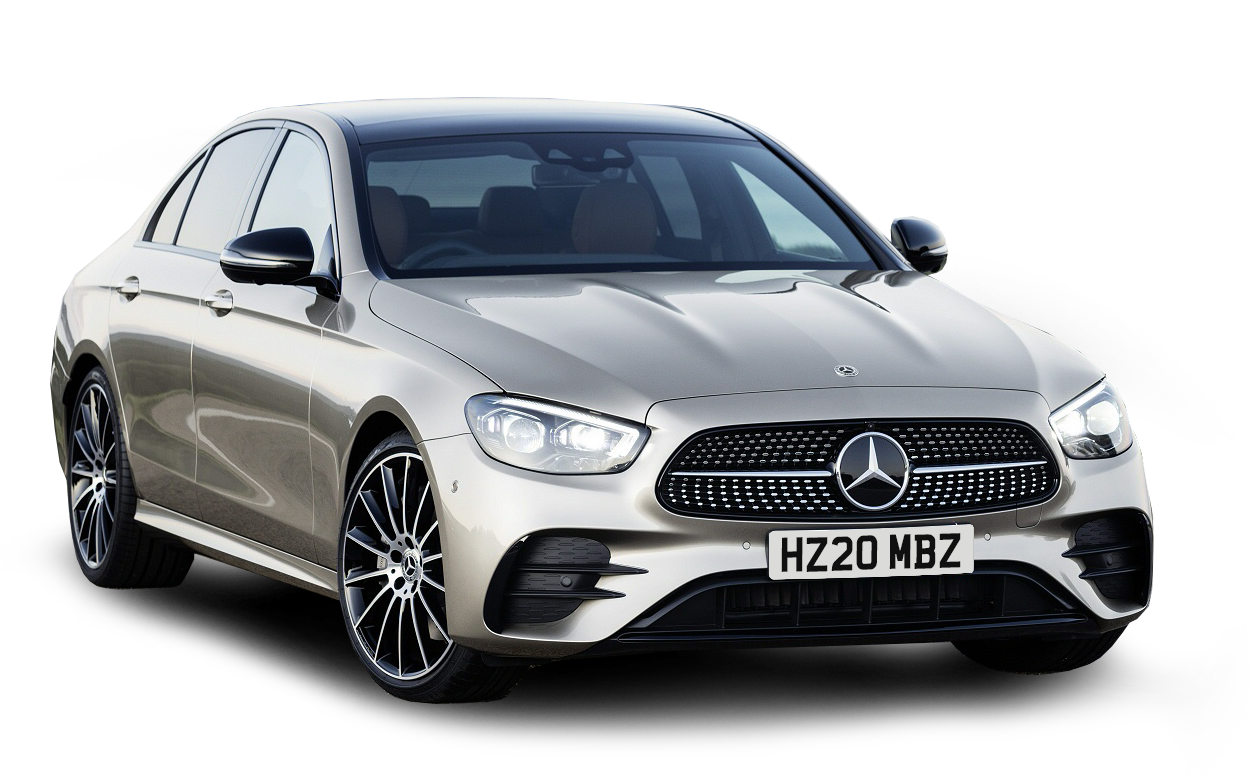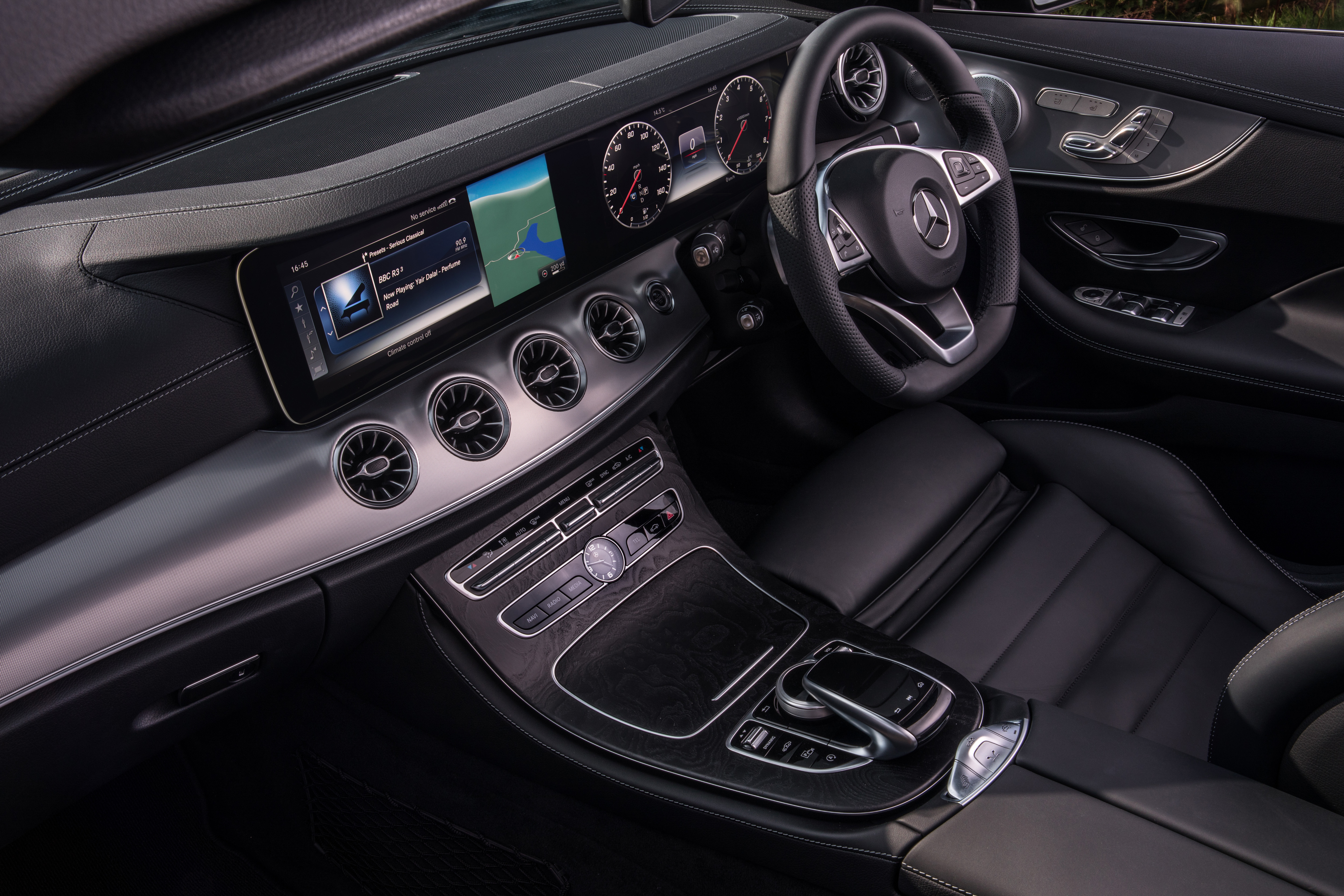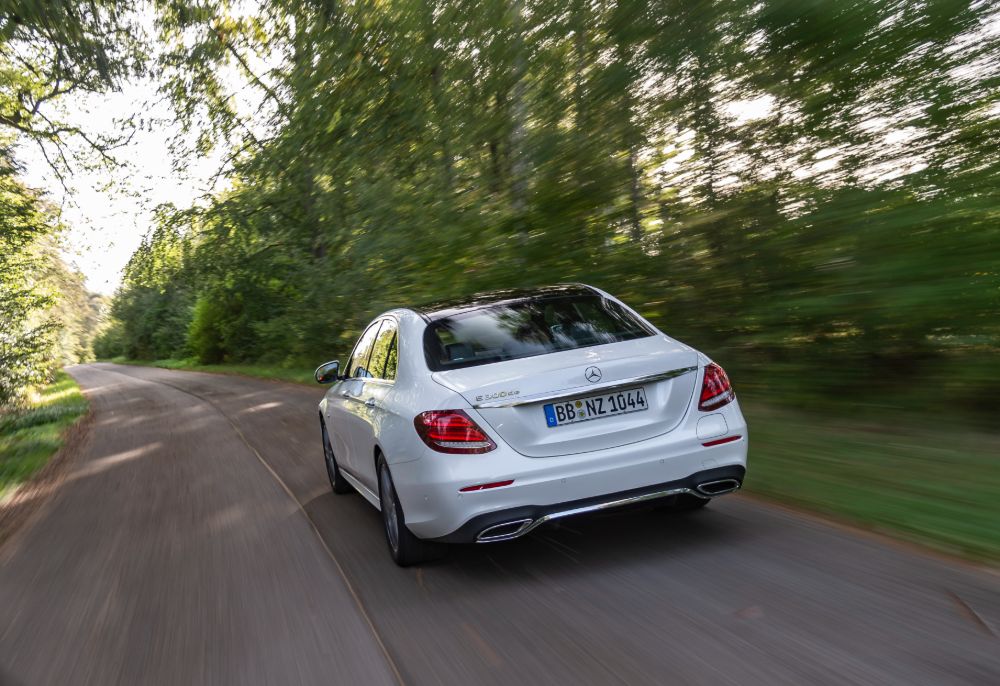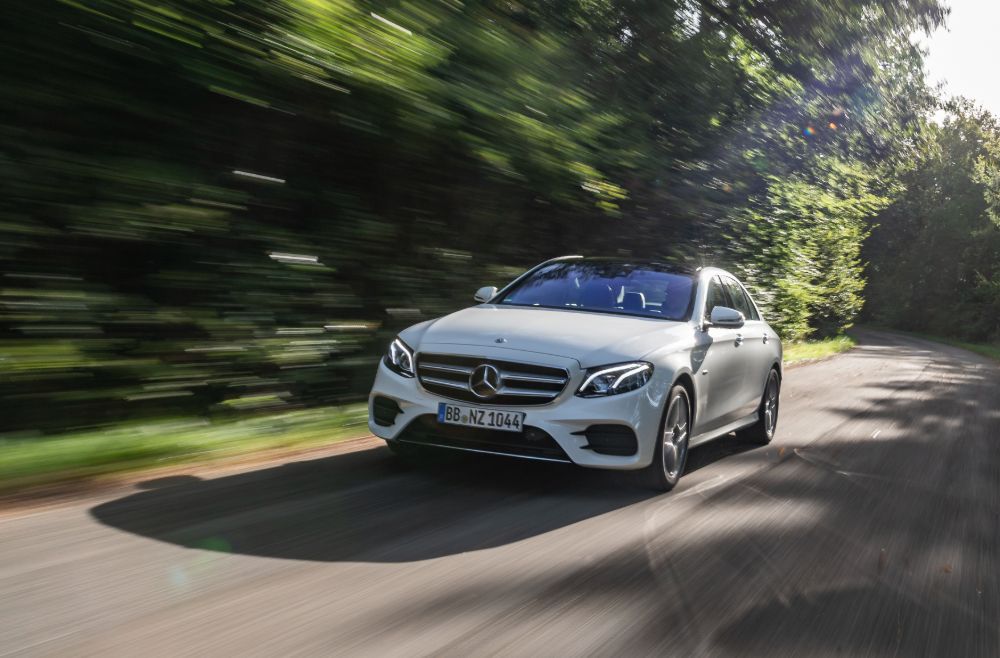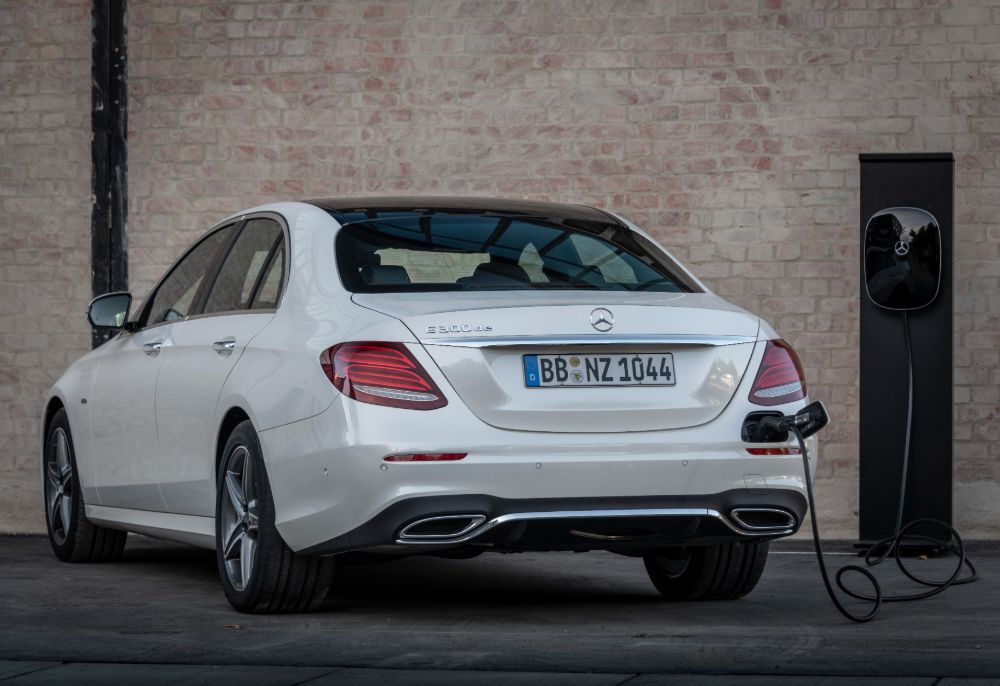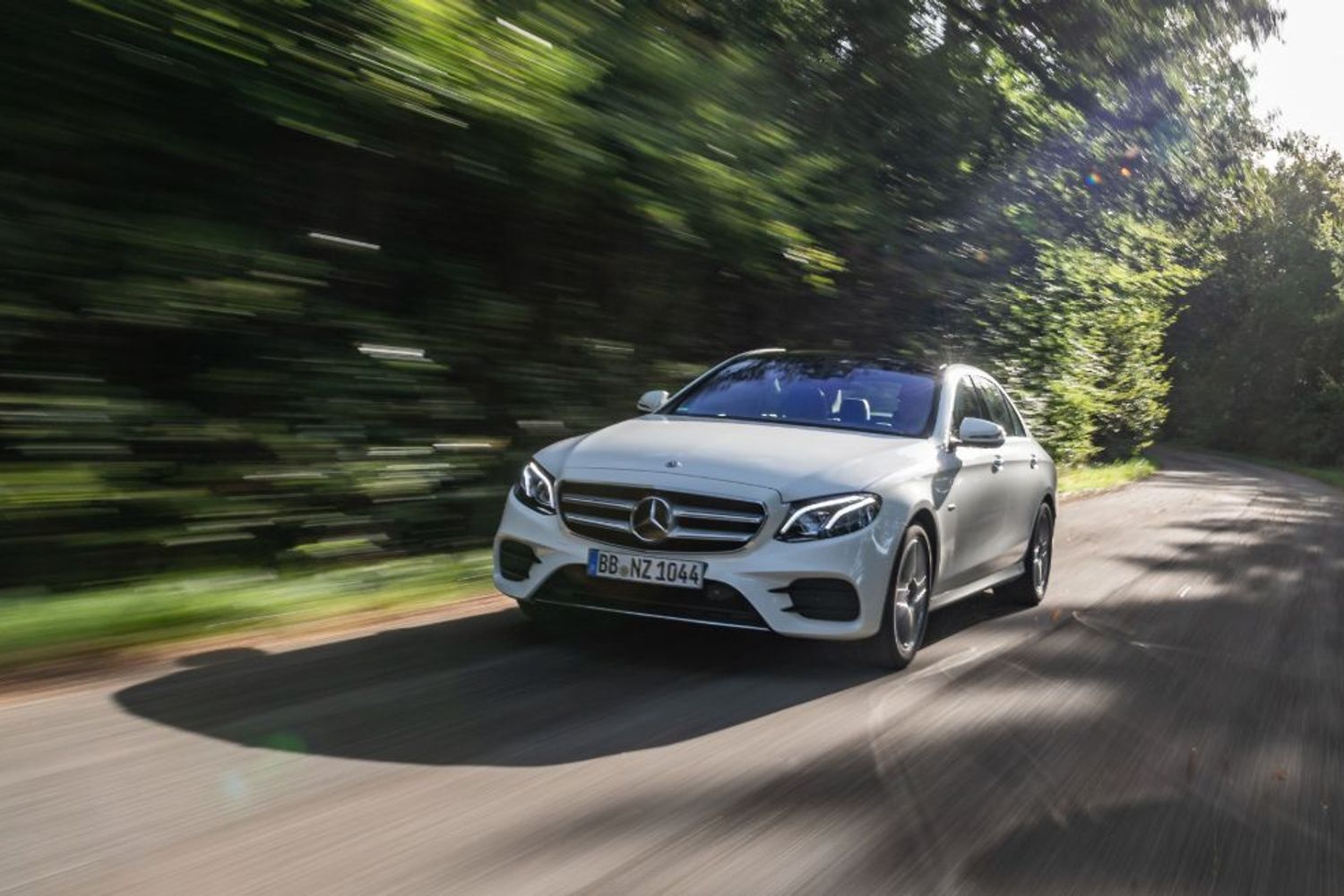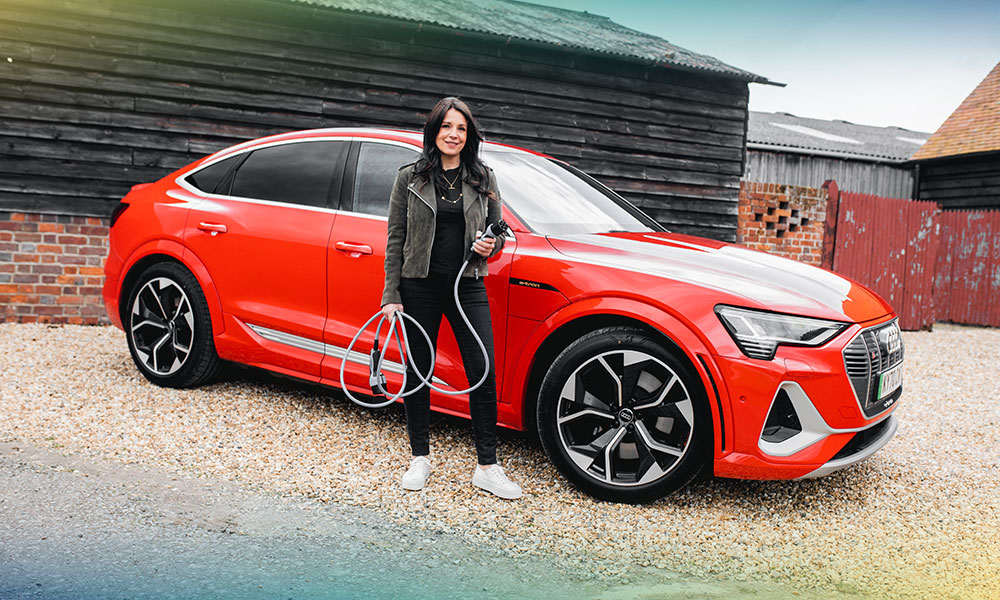Diesel PHEVs first arrived around 10 years ago with Volvo and Peugeot being early advocates of the tech. The two firms realised that by mixing a fuel-efficient diesel engine with a small electric motor it could yield the best of both worlds – a car that was ideal for zero emissions city driving and also perfect for long motorway cruising. The idea was quickly killed off though as the cars on offer not only mixed the two types of power source pretty crudely, but were also expensive to buy.
Mercedes has brought back the diesel PHEV though, and becomes the only manufacturer to offer one (more Mercedes diesel plug-in hybrids are on the way, too). Just like those earlier attempts from rival manufacturers a decade ago, the E300de EQ Power is supposed to give silent zero emissions motoring around the city, and when the batteries are exhausted give efficient, long-legged touring from the diesel engine.
But, let’s face it, diesel doesn’t suit everyone. Not only that but, rightly or wrongly, diesel-powered cars aren’t exactly flavour of the month at the moment, which is partly why Mercedes also offers a petrol plug-in hybrid E-Class. The E300e EQ Power features much of what the diesel offers – low taxation, great CO2 figures etc – but in a quieter, faster and less controversial package. It also replaces an earlier version of the E-Class Hybrid called the E350e.
Under the bonnet of the E300e there’s a 208bhp 2.0-litre petrol engine while the E300de gets a 191bhp 2.0-litre diesel. Both get the same 120bhp electric motor and a 13.5kWh battery pack located in the boot. That battery does rob the boot of some space but it does give over 30 miles of pure electric range, which is par for the course.
They come in two trim levels but it’s only the diesel E300de that can come as a saloon and an estate. The petrol is saloon-only and can count the BMW 530e, the Volvo S90 Recharge T8 and the forthcoming Audi A6 TFSIe as rivals, while the diesel E300de is unique in the market.
The E-Class is already a smart looking car with a sumptuous interior and the addition of electric power only improves the package. The choice between the petrol or the diesel will come down to lifestyle but, as always with a PHEV, you must charge it up as regularly as possible to get your money’s worth – particularly as both cost several thousands of pounds more than regular petrol and diesel E-Classes.









